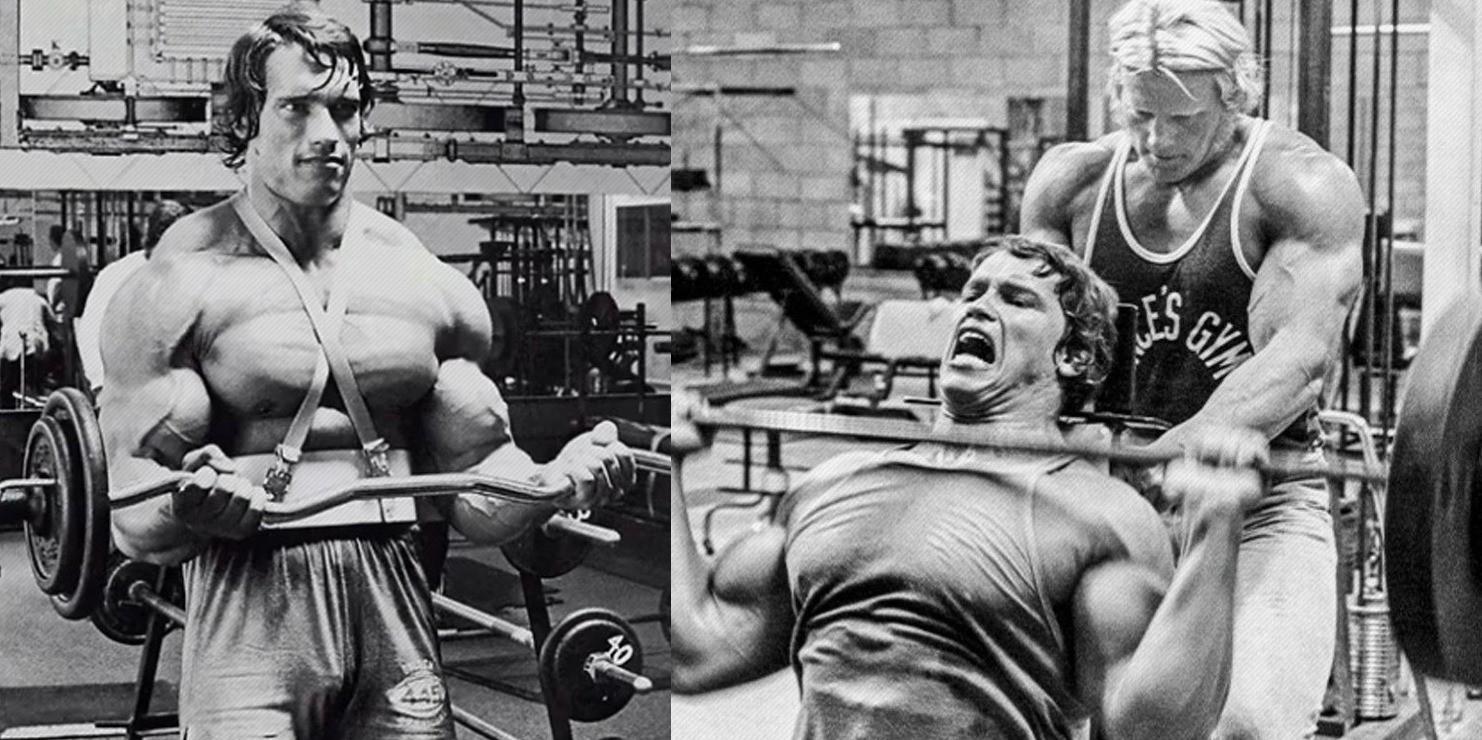

Note that just because you're dripping with sweat doesn't necessarily mean you're exercising at high intensity - a bunch of other factors can influence sweating, including your workout environment, your fitness level, and your gender. (Emotionally, you might be praying for a swift and merciful death.) Your MHR during a high-intensity (aka vigorous-intensity) workout is 70 to 85 percent, and to go by the talk test, you can’t say any more than a few words without having to pause to breathe. RELATED: No time to work out during the week? Exercising only on weekends could deliver the same benefits High-intensity activityĮxamples include circuit training, vigorous forms of weight training, and moderate-intensity exercises at a heart-pounding pace - sprints in the park or up the length of the pool, for example.

(The only downside is that you have to work out at a moderate pace longer.) If moderate-intensity exercise is all you can tolerate but you worry it's not going to have maximum impact, never fear: recent research indicates moderate intensity can deliver the same health benefits as high-intensity workouts. Ideally, you want to accumulate 150 minutes of moderate-intensity exercise every week. To go by the talk test, you can comfortably chat, but you can't sing any more than a few words without running out of breath. If you have older (and therefore heavier) children, carrying them around also falls in the moderate intensity category.ĭuring moderate-intensity exercise, you're at 50 to 70 percent of your MHR. Moderate-intensity exercise can also include weight training, or endurance exercise - things like jogging, cycling, or lap swimming. Many of the low-intensity exercises listed above can easily become moderate-intensity exercises by upping your pace: brisk walking or walking uphill, or a strenuous yoga session, for example. Moderate intensity is what most of us would think of as a proper workout. RELATED: Walking burns more calories than you think Moderate-intensity activity Studies have also linked movement - any kind of movement - to a boost in mental health, which doubles if you move outside in nature. While it's true that low-intensity exercise like walking isn't the most effective way to lose weight in the long term, that definitely doesn't mean it's a waste of time: incidental movement is linked to improved overall physical fitness and health. So the easiest on-the-go way to check your exercise intensity is the talk test: if you can talk and sing while exercising without running out of breath, you're exercising at a low intensity. Of course, measuring your heart rate is pretty technical - and not really that practical to do while you're exercising. You can get an idea of your heart rate without any equipment by taking your pulse for 15 seconds, counting the number of beats, then multiplying that number by four. Low-intensity activity is that which gets you to about 40 to 50 percent of your MHR.Ī heart-rate monitor is obviously the best way to monitor your heart rate: a fitness band on your wrist will give you a decent estimate, though a chest strap is most accurate. To understand exercise intensity it's helpful to know your maximum heart rate (MHR), which you can estimate by subtracting your age from 220 - so a 35-year-old has a MHR of about 185 beats per minute, for example.

Incidental exercise - everyday movements like bringing in the shopping, walking upstairs or doing housework, which burns a surprising number of calories - also counts as low-intensity activity. RELATED: How much physical activity do I need? Low-intensity activityĮxamples include a casual walk, a stretch session, a beginners' yoga class or tai chi, bike riding or using a cross trainer (aka an elliptical) at an easy pace. Here's the easy way to tell which intensity you're moving at.


 0 kommentar(er)
0 kommentar(er)
